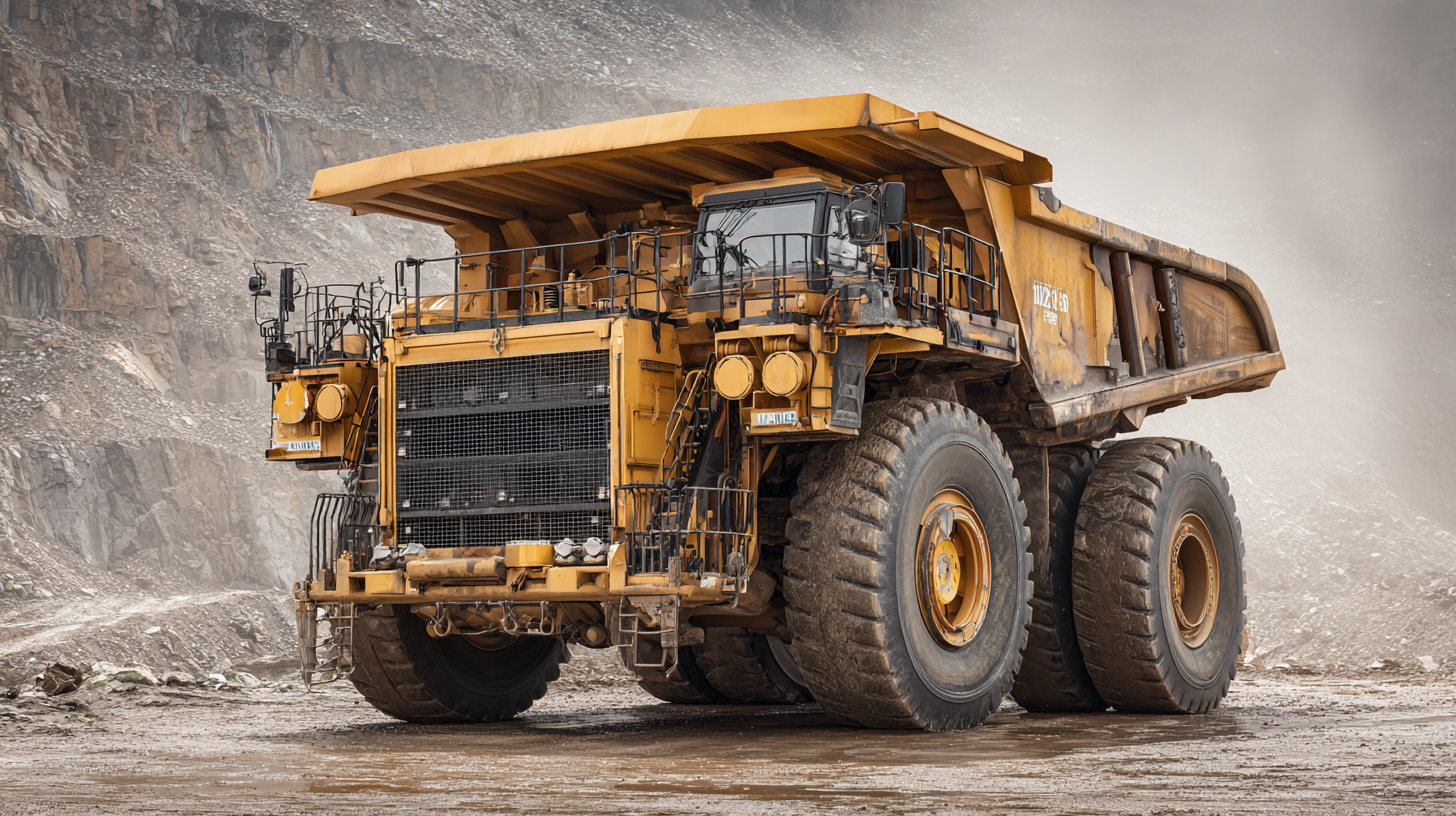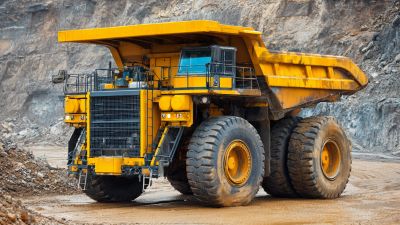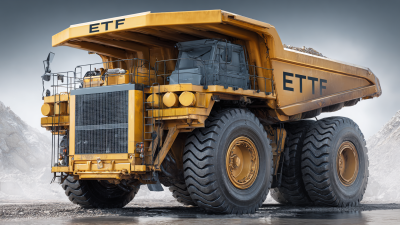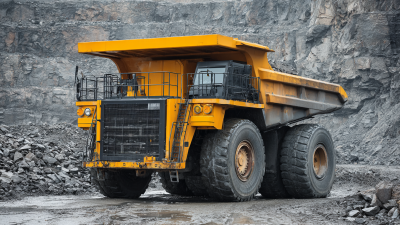In the world of heavy machinery, the Massive Mining Truck stands as a testament to engineering ingenuity and technological advancement. These colossal vehicles are not only designed to transport vast amounts of material but also to operate efficiently in some of the most challenging environments known to humankind. Understanding the design and functionality of the Massive Mining Truck unveils a fascinating interplay of physics, mechanics, and innovative thinking. This article aims to explore the intricate engineering marvels that make these trucks indispensable in mining operations. From advanced materials that enhance durability to cutting-edge technology that boosts performance and safety, we will delve deep into the features that define these giants of industry. Whether you are an engineering enthusiast or simply curious about how these machines come to life, join us as we uncover the secrets behind the Massive Mining Truck.
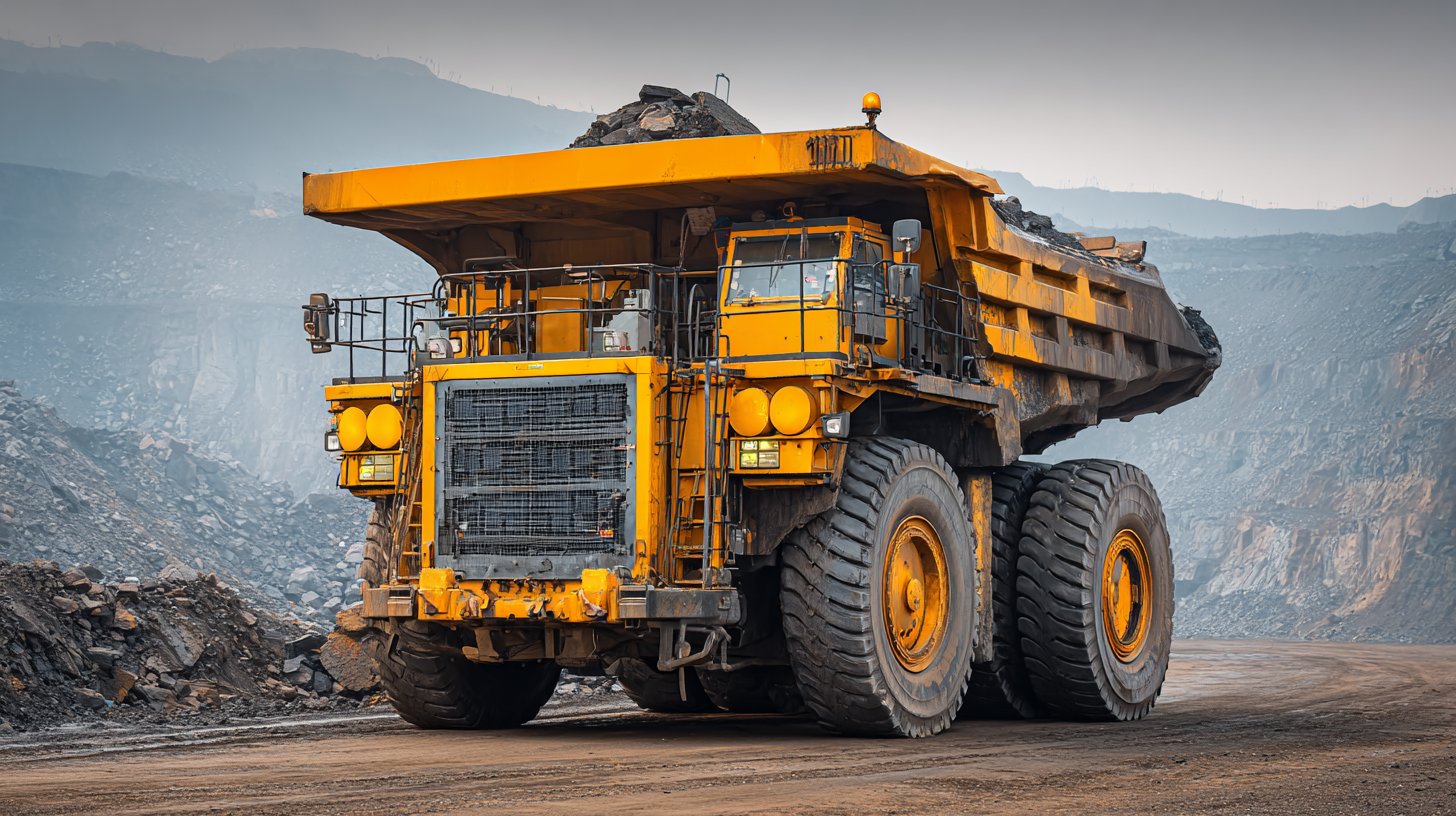
The mining truck industry is witnessing rapid advancements driven by innovative engineering techniques tailored for heavy-duty applications. As the market for mining dump trucks projected to grow significantly from 2024 to 2032, the integration of artificial intelligence and the Internet of Things is set to redefine operational efficiency. These technologies facilitate predictive maintenance and enhance real-time data analytics, allowing companies to optimize logistics and reduce downtime.
Moreover, the shift towards electric dump trucks highlights a sustainable revolution within this sector. With market valuations exceeding $2.7 billion in 2023 and an expected CAGR of around 7% through 2032, the design of electric mining trucks is being reimagined. Innovative approaches not only improve energy efficiency but also lower emissions, addressing environmental concerns while maintaining robust performance. As engineering innovations continue to evolve, the design and functionality of mining trucks will play a critical role in shaping the future of mining operations.
Material selection is a critical factor in enhancing the performance and durability of engineering marvels like mining trucks. The robust nature of these trucks requires that the materials used in their construction withstand extreme conditions, including heavy loads and harsh environmental factors. Recent advancements in material science, particularly in the area of 3D printing, have shown promising outcomes in creating components that not only meet functional demands but also improve overall durability. For instance, the development of improved 3D-printed ear tags for livestock showcases the potential for innovative materials to enhance mechanical performance in real-world applications, similar to advancements in mining truck design.
Furthermore, the circular economy principles are increasingly being adopted in infrastructure and heavy machinery manufacturing to reduce waste and promote sustainability. The introduction of low-carbon concrete and engineered timber demonstrates how modern materials can significantly influence the durability and efficiency of such vehicles. By prioritizing sustainable materials that offer both performance reliability and environmental benefits, manufacturers can ensure that mining trucks are not only powerful but also responsible in their operational footprint. As technology progresses, the integration of these sophisticated materials will be essential for meeting the evolving demands of the mining industry.
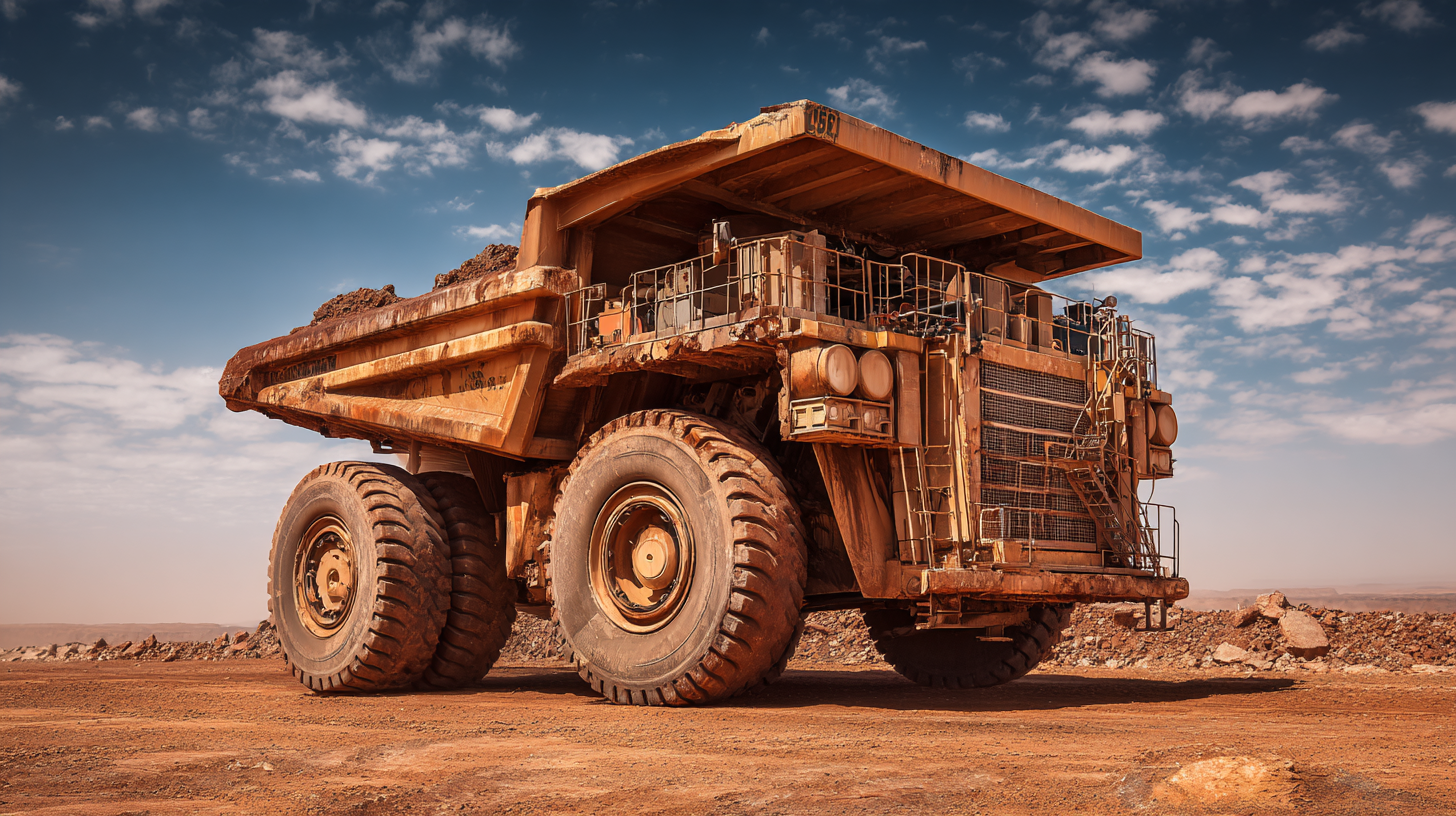
The demand for advanced powertrain systems is driving significant innovation in the automotive industry, particularly as manufacturers focus on maximizing efficiency while reducing emissions. According to market analyses, the electric powertrain systems market is projected to reach USD 692.8 billion by 2035, with a remarkable compound annual growth rate (CAGR) of 28.4% during the forecast period. This surge reflects the industry's commitment to eco-friendly solutions and the growing necessity for cleaner transportation options in various operating conditions.
In parallel, collaborations such as that of EKA Mobility and KPIT Technologies highlight the industry's drive towards enhancing electric commercial vehicles. By creating efficient electric powertrain systems, they aim to meet the increasing demand for lightweight and high-performance components. Furthermore, the automotive engine management system market is forecasted to grow from USD 65.54 billion in 2024 to USD 80.25 billion by 2030, indicating a robust focus on optimizing engine performance and minimizing environmental impact. Continuous advancements in hybrid technology, like innovative systems designed for improved efficiency in heavy machinery, further showcase the urgent need for sustainable engineering solutions in the face of global energy challenges.
| Dimension | Specification |
|---|---|
| Vehicle Weight | Over 600 tons |
| Engine Power | 3,000 HP |
| Fuel Type | Diesel |
| Payload Capacity | Over 400 tons |
| Fuel Efficiency | 5.5 gallons per hour |
| Emissions | Tier 4 compliant |
| Braking System | Retarder integrated with service brakes |
| Transmission Type | Automatic, 12-speed |
The advent of autonomous technologies has significantly transformed the operational landscape of mining trucks, enhancing both efficiency and safety. These autonomous systems leverage artificial intelligence and advanced sensors to navigate complex terrains, allowing trucks to operate without human intervention. By employing GPS and computer vision, these trucks can independently load, transport, and unload materials, optimizing the logistics in mining operations. This paradigm shift not only minimizes the risk of human error but also maximizes productivity, enabling higher outputs with reduced operational costs.
In addition to improving efficiency, autonomous mining trucks contribute to a safer work environment. With the ability to monitor their surroundings in real-time, these trucks can detect obstacles, assess road conditions, and make instantaneous decisions to avert potential accidents. The integration of autonomous technologies reduces the need for personnel in hazardous areas, thus lowering the physical risks associated with mining operations. Furthermore, the continuous data collection and analysis capabilities of these vehicles provide valuable insights, enabling predictive maintenance and further enhancing the longevity and reliability of mining equipment.
The design of massive mining trucks goes beyond sheer size; a significant focus is placed on safety features that protect both operators and the surrounding environment. Advanced safety systems, such as collision avoidance technology and automated braking, are integral to reducing accidents in challenging mining terrains. These innovations not only ensure the safety of operators but also mitigate risks associated with fleet operations in densely populated mining sites.
In addition to enhancing operator protection, these safety features play a crucial role in environmental conservation. By integrating technology that monitors tire pressure and load distribution, manufacturers minimize excessive wear and ecological disruption caused by mining activities. Furthermore, these trucks are often equipped with systems that reduce emissions and noise levels, allowing for a more sustainable operation. Ultimately, the combination of safety advancements and environmental considerations reflects a commitment to responsible mining practices, ensuring that the industry progresses without compromising the well-being of its workers and the planet.
